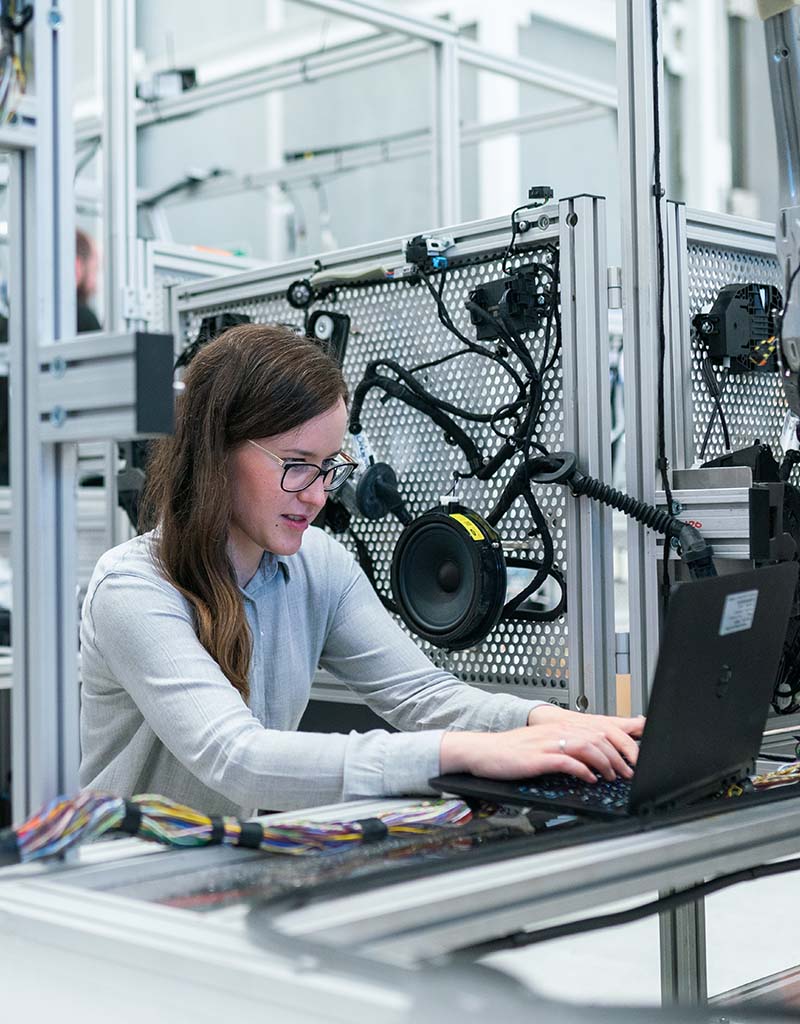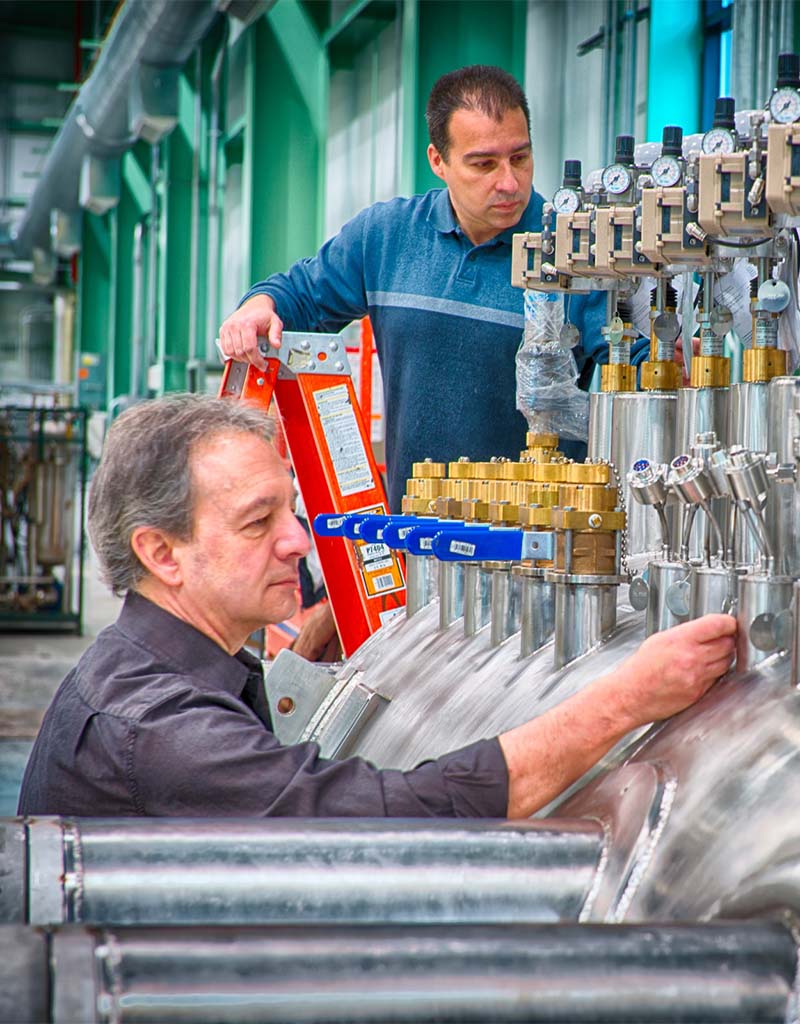Edge computing
Edge computing can deliver big savings for industrial manufacturers. While cloud computing is convenient, it’s expensive to run industrial manufacturing workloads in the data centre. Edge computing makes a subsection of the workload available closer to the information source and away from the data centre. Information doesn’t need to travel far, so you get quicker access to data and alerts, and cut your data centre storage costs.
Security
The key to industrial IoT best practice lies in the physical and virtual security of IoT devices and the hardware connecting them. IoT can mean a host of complex, sensitive and expensive systems – who has access? What user controls are in place? What apps are vulnerable to unauthorised devices? Best practice industrial IoT demands secure devices, systems hardware, and a secure network



